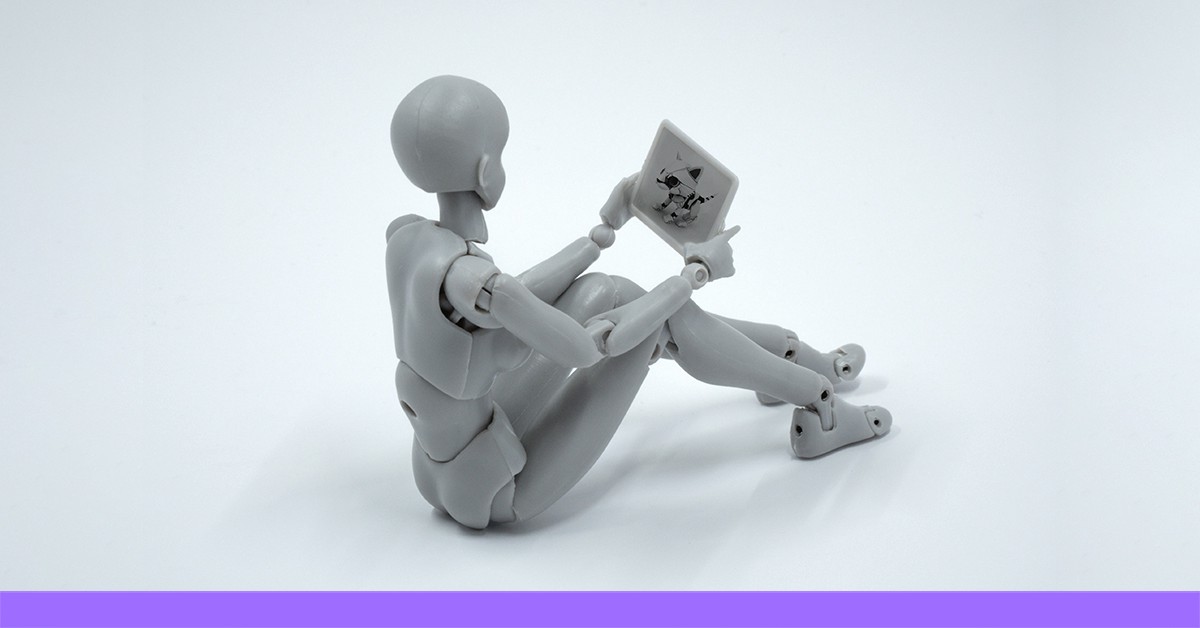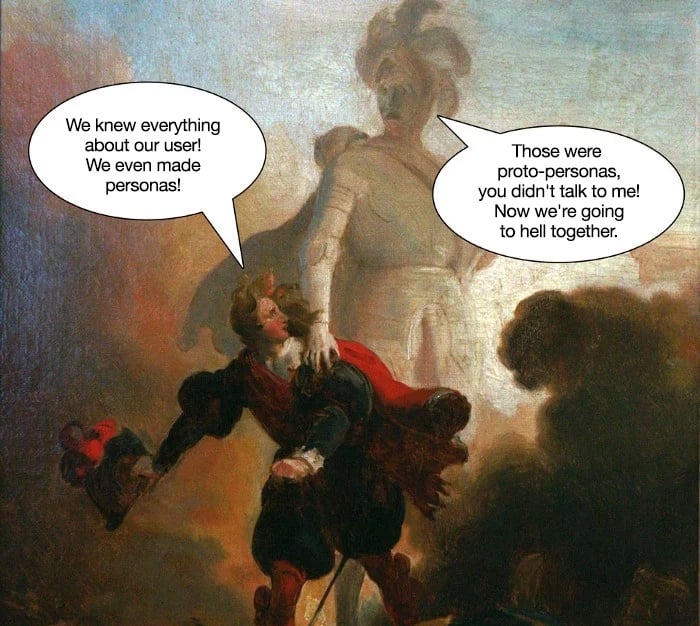There's no User Experience without the User

In building the User Experience of a digital product, we can make use of usability notions and psychology; we can (and must) implement best practices and draw the entire team's attention towards them. However, this does not exempt us from addressing the core concept of UX itself: talking with the actual user.
Cover Photo by Brett Jordan on Unsplash
As User Experience professionals, we often find ourselves recruited as "improvers" or "reviewers": we are called upon to certify the "compliance" or otherwise of digital products with generic UX principles. In doing so, we use various tools:
- Checking the usability of interfaces based on a set of heuristics or another set or another;
- Applying principles of psychology to the construction of choices and paths;
- Applying principles of space organization to design, again rooted in psychology and cognitive sciences, like the Gestalt laws or F or Z reading patterns.
These aspects are crucial to our work; however, it's common that our employment agreement does not include the activity fundamental to User Experience: questioning and observing users.
Despite the popularity of constructs such as personas and customer journeys, if not based on field research they are often built on assumptions—on what we believe users desire and expect. The outcome is that we frequently discuss personas when, in reality, we have proto-personas, wherein we solidify our own beliefs and biases (or those of our clients) instead of empirically challenging them. But user research should primarily aim to disprove our beliefs, not confirm them. Only then is there space for discovery and for true opportunities to make a difference. This holds true even from a business perspective: uncovering an unexpected user need means identifying a potential killer feature that sets us apart from the competition.
AND EMILI specializes in development and strategic consulting for digital channels.
Let's remember our innate tendency to overestimate the extent to which others share our judgments and values: we assume that "normal" people perceive an interface as we do, and only the "odd" ones interpret it differently or "don't understand" it. This is known as the false consensus effect, summarized in the cautionary principle "you are not the user" that every proficient designer should constantly bear in mind. Remember, our design concepts, no matter how compelling they may seem, should always be treated as hypotheses to be validated, with the end user's feedback as a crucial part of that validation. As Erika Hall puts it:
When blue-sky thinking meets reality, reality always wins.
Make friends with reality.
Reality is real users in the real world, beyond our studio or the client's office. Why, then, do we not engage more in user research? The primary objections we face on the path to user research are:
- Insufficient time;
- Insufficient resources/budget;
- A belief that we already understand our users.
The rebuttal to the third point is clear: our presumptions must be validated through research, which is likely to reveal surprises. Regarding the first two points: anyone dealing with the real world knows that every project is a battle against time and unforeseen challenges. Clients demand features to be delivered promptly, while the product owner or project manager ensures budget and deadlines are met. However, the pivotal question remains: what will be the future cost of neglecting user research? It could inflate post-sales support costs, lead to zero conversions, or result in the total or partial failure of the entire project. Aware of the constraints we face daily, we must advocate for sustainable research approaches: ensuring that research finds its place within our available time and resources, so no one can claim we lack the means for research.
The research activities are essentially categorized into those conducted before, during, and after the development of a digital product. Facing time and budget constraints (as we do), we must focus on the essentials.
- Before commencing development, we engage with potential users to understand their expectations, goals, and challenges: only then can we craft truly valuable personas and journeys. The primary tool remains the interview, ideally conducted face-to-face; there are also indirect tools, such as surveys, which, however, must be handled with caution.
- During the project's development, we test functionalities following the minimum viable product methodology: employing prototypes of varying fidelity to ensure users can complete tasks and achieve goals. Here we refer to actual usability testing: a fundamental activity that can be effectively conducted with just three representative users.
- After the release of our digital product, the research continues: we periodically verify that users' expectations are met, correlating them with the project's KPIs. We keep interviewing users and analyzing data: we keep learning so that we can update our project, from personas to functionalities.

Don Giovanni and the statue of the Commendatore (adaptation from Alexandre-Évariste Fragonard)
These are just a few reasons why we should not settle for hearsay when it comes to understanding our users. Discussing UX or User-Centered Design without engaging with users transforms them into the "stone guests" of our project: voiceless yet, like the statue of the Commendatore in Don Giovanni, ultimately capable of dragging down weeks or months of work into the abyss.
AND EMILI specializes in development and strategic consulting for digital channels.
This page has been translated using automated translation tools and artificial intelligence technologies. We strive to ensure that the content is accessible in multiple languages, but please be aware that the translation may not be perfect. If you have any doubts or need clarifications, please feel free to contact us.



